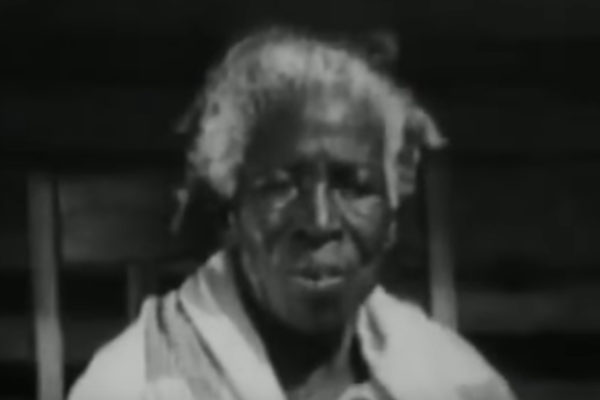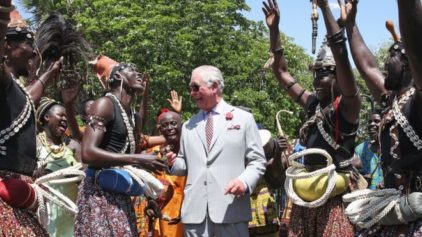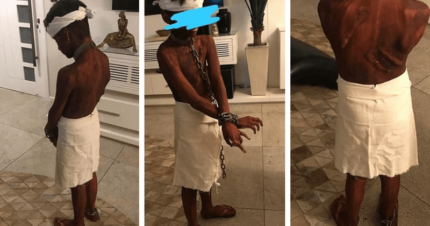A researcher at Newcastle University in Great Britain has pieced together the history of a remarkable woman believed to be the last survivor of the trans-Atlantic slave trade ships that arrived in the U.S.
Redoshi, later known as Sally Smith, was kidnapped from a village in modern-day Benin, West Africa, and brought to the United States, where she lived and died on the Alabama plantation where she was enslaved, according to research by Dr. Hannah Durkin.

According to The New York Times, Redoshi also appeared in an instructional film released in 1938 by the Department of Agriculture titled “The Negro Farmer: Extension Work for Better Farming and Better Living.” (Image courtesy of the NYT / Deptartment of Agriculture.)
Using firsthand accounts from various sources and U.S. Census records, Durkin was able to retell Redoshi’s unique story, from the time she was forced aboard a slave ship at the tender age of 12 and later sold as a child bride, to the moment she set foot on the plantation she would call home for 70 years. She would survive the Civil War and the Great Depression before dying in 1937.
Durkin called it “shocking” that Redoshi’s story was so close to living memory.
“It was thought that this woman was lost to history,” she told The New York Times in an interview.
Durkin’s findings were published in the journal Slavery & Abolition last week and chronicle Redoshi’s life and struggles. She is believed to have been taken from a West African village before being shipped to the United States aboard the Clotilda, the last recorded slave ship to arrive to the U.S. Durkin said Redoshi described her life as “peaceful” before she was seized by men of a neighboring tribe and brought to slave traders.
Famed Black author Zora Neale Hurston first discovered Redoshi during research for her novel “Barracoon: The Story of the Last ‘Black Cargo,‘ from which Durkin “wove together bits and pieces of Redoshi’s life that were found in Hurston’s unpublished writings and an interview she gave to The Montgomery Advertiser,” according to the Times. Durkin said some details of Redoshi’s life had also been documented in the 20th century when historians and civil rights activists started recording the experiences of enslaved Blacks.
Using census data and public records, Durkin learned that Redoshi had lived in Selma, Alabama, until her death at 89 or 90 years old. A man named Cudjo Lewis, who also arrived to the U.S. on the Clotilda, was long thought to be the last survivor of the slave trade, but Durkins’ research shows that Redoshi had lived much longer.
When she arrived to the U.S., she was bought by a local banker and given the name Sally Smith. Her master would later make her a child bride to an enslaved man.
“I was 12 years old and he was a man from another tribe who had a family in Africa,” Redoshi is quoted as saying to civil rights leader Amelia Boynton Robinson, who published a memoir. “I couldn’t understand his talk and he couldn’t understand me. They put us on block together and sold us for man and wife.”
Slavery was abolished five years after her arrival, and Redoshi became a free woman. Although she was emancipated, she chose to remain on the plantation with the Smiths, which was a common practice among newly-freed slaves. From Boynton Robinson’s memoir, Durkin said she was able to deduce that Redoshi later owned land in Bogue Chitto, Alabama, where an estimated 6,000 acres of land were owned and operated by Black Americans.
Like most, Redoshi suffered a regime of beatings and whippings during her enslavement, but Durkin’s research also points to glimpses of her strength and resilience. For instance, she managed to maintain her African heritage and identity, and even passed some of native language down to her daughter.
“It’s only one voice but this gives us a semblance of a voice for those who were otherwise lost,” Durkin said.


